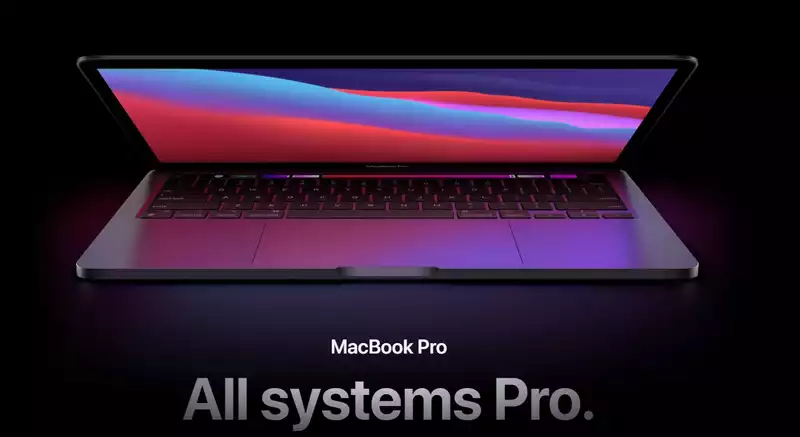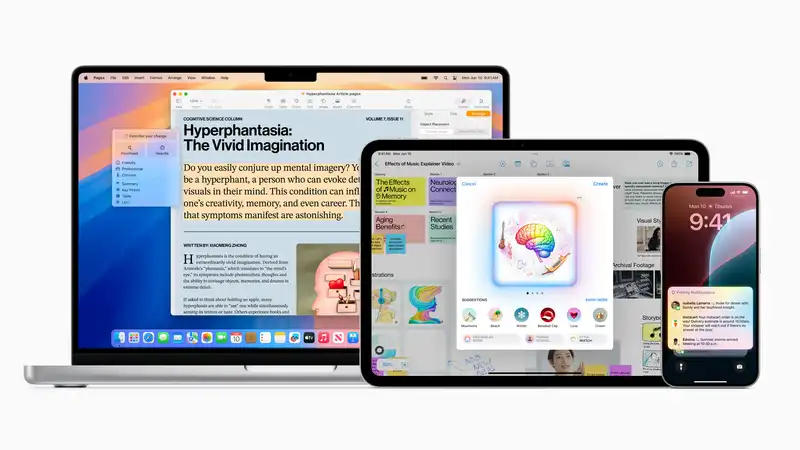Apple's silicon MacBook Pro looks to be an exciting laptop that takes the first step toward moving away from dependence on Intel chips. However, several issues may arise.
Apple's ARM-based custom chip appears to offer mobile power reworked to handle macOS with aplomb, but according to AppleInsider, the Apple Silicon chip does not support an external graphics card unit, aka eGPU not supported.
One of the best features of the current MacBook Pro 13-inch is the ability to connect to an external graphics card enclosure via the Thunderbolt 3 port. And depending on the graphics card in the external enclosure, the graphics power of the Mac machine can be significantly increased.
That power can be used to speed up video rendering tasks and other GPU-intensive tasks. eGPUs can work in conjunction with the MacBook Pro's Intel chip to handle heavy-duty gaming, as long as the games run on macOS. [However, the new MacBook Pro with the Apple M1 chip does not have such a feature; Apple's developer documentation reportedly mentions only "Apple family GPUs" and not eGPU support.
What is a bit odd here is that the new Apple Silicon MacBook Pro includes a Thunderbolt 3 port that supports the protocols and bandwidth required for eGPU operation. eGPUs and the new ARM-based M1 system-on-chip. There could be compatibility issues between the eGPU and the new ARM-based M1 system-on-chip, but that is just speculation on our part.
A more likely answer to this situation is that Apple wants developers to work on harnessing the power of the M1 SoC's integrated GPU. This GPU is reportedly about five times faster than a traditional MacBook Pro with integrated Intel graphics, and Apple also claims that the M1 is 2.8 times faster in CPU performance than a traditional MacBook Pro.
Thus, if developers focus on getting the most out of the new Apple Silicon chip, they will get the best performance out of the M1. And it will help ensure that the new MacBook Pro can stand on its own without the need for external performance assistance.
This could be a blow for creative professionals who like working with macOS but need a more powerful graphics setup. It also remains to be seen whether Apple's claims about the performance of its own custom chips will stand up to real-world testing.
However, ARM-based chipsets are becoming increasingly powerful, and Apple has its own APIs and software to harness the power and optimize its programs for the MacBook Pro hardware. As such, the performance of the Apple Silicon MacBook Pro is poised to positively astound.










Comments